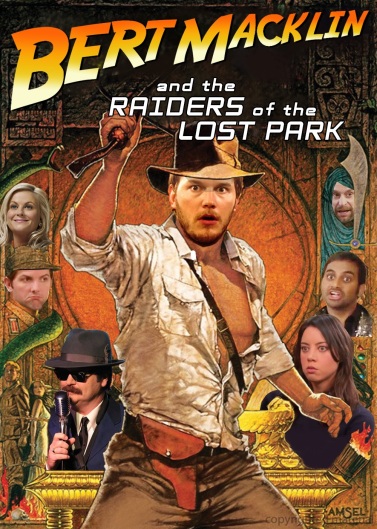Respected critic Kent Jones’s documentary about the book of conversations between the two directors serves as an engaging introduction—or, if you’ve read the book, a worthwhile companion that offers added value.
When I first heard of this film about the conversations that took place between directing giants Alfred Hitchcock and François Truffaut about the former’s body of cinematic work (collected in a great 1966 book), I wondered if it was going to be a dramatization, a la Frost/Nixon. The interviews Truffaut conducted with his directing hero were of course far less combative and prosecutorial than those between the BBC reporter and disgraced former President, and so it’s hard to see where the dramatic conflict would lie. (So, for instance, the French stage play inspired by the book seemingly needed to add violence into the meeting, which it turned into a “confrontation”.)
That’s all irrelevant, because Hitchcock/Truffaut is not a dramatization; it’s a documentary—and one clearly made with love for Hitchcock’s work. It’s narrated by actor/filmmaker Bob Balaban, who got on famously with Truffaut while shooting Close Encounters of the Third Kind (read his excellent production diary), but it’s really the audio of the H/T interviews (overlaid with footage from Hitchcock films) that drives the film forward, along with pieces to camera from directors who were inspired by the book. Martin Scorsese, David Fincher, Peter Bogdanovich and Richard Linklater are only a few among those on the roster here, and what they have to say is often tremendously insightful. Far from simply extolling Hitchcock as an inspiration to them, they all comment substantively on his work. Jones said in a Q&A at the BFI that he was interested not simply in Hitchcock’s technical style as the “master of suspense”—something he felt had been talked about enough already. He wanted to explore Hitchcock the man and the things that motivated him as an artist. Since Hitchcock opened up to Truffaut considerably in the interviews, they offer the best vehicle for exploring those things.
The film uses excerpts of the interviews, and words from the various directors, to provide a whistle-stop tour of interesting themes or questions in Hitchcock’s career. From his childhood fear of police influencing his perennially making “wrong man” thrillers, to his use of physical objects because of their often fetishistic symbolic meanings, and (although not covered in as much detail as it could have been) his working relationship with actresses.
It also does a great job of giving us the historical context attendant to Hitchcock’s career. The film reminded me of the rigors of purely visual storytelling involved in silent era films. It casts Hitchcock’s “actors are cattle” view of directing actors against the evolution of the star system and the rise of schools of acting that made it a serious discipline, and asks whether Hitchcock could have directed a Pacino or Hoffman in his typical way! It also quite interestingly asks what role Hitchcock’s style of filmmaking plays today, when multitudes of stories on different media compete for our attention, and when audiences’ expectations of storytelling have changed–we perhaps expect faster and more intense visual stimulation. Jones points his sights at The Fast and the Furious as an easy target here.
At 79 minutes’ length, the film breezes by. Personally I would have liked it to further develop some of the interesting questions it raised, but having said that, it probably strikes the right balance in terms of making the film interesting to a wide audience. I read the book exactly ten years ago and it’s inspired me to dig it out and re-read. By giving it some context and sharing with us some of the things that great filmmakers got out of reading the book, it offers some new perspectives with which to look back at the book and Hitchcock’s oeuvre.
P.S.: The audio of the conversations between Hitchcock and Truffaut has been available online for the past five years!

